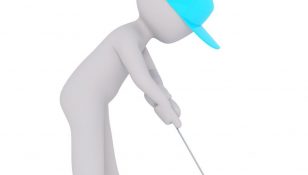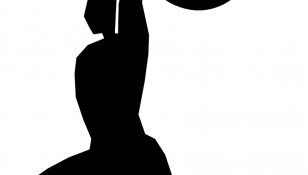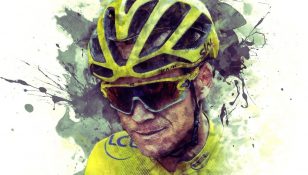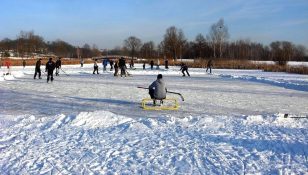Carving Skis: The Ultimate Guide to Precision on the Slopes
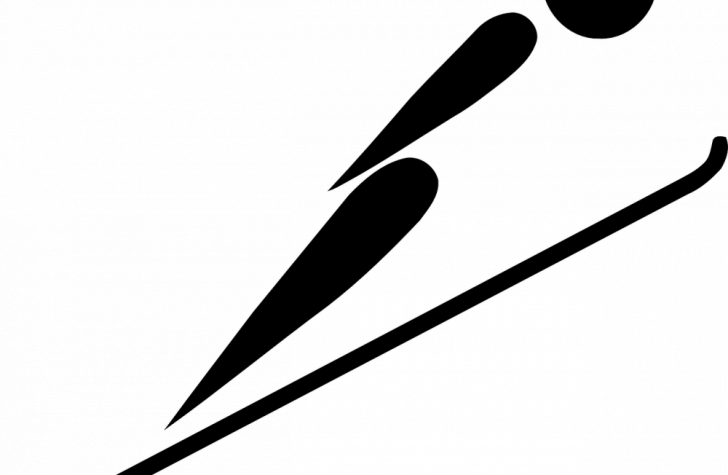
Introduction
Carving skis have revolutionized the skiing world, offering skiers the ability to effortlessly glide down the slopes with precision and control. In this comprehensive article, we will delve into the world of carving skis, exploring what they are, the different types available, popular choices, and the advantages they offer. We will also analyze quantitative measurements, discuss the differences between various carving skis, and provide a historical overview of their pros and cons.
1. Carving Skis: An Overview
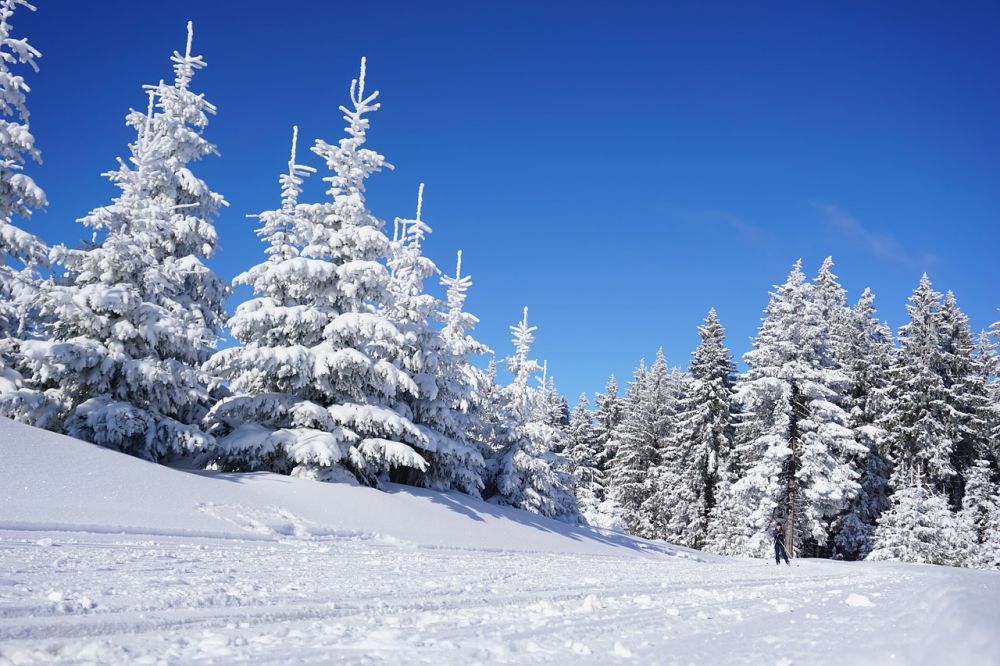
Carving skis are specialized skis designed to effortlessly carve turns on groomed slopes. Unlike traditional skis, carving skis have a pronounced sidecut, where the tips and tails are narrower than the waist. This design enables skiers to initiate turns more easily and make precise arcs throughout the slope. Carving skis are particularly suitable for intermediate and advanced skiers who enjoy high-speed turns and want to maximize their performance on groomed pistes.
2. Understanding Carving Skis
2.1 Types of Carving Skis
There are several types of carving skis available on the market, each catering to specific skiing preferences and skill levels. These include:
– Slalom Carvers: Designed for short, quick turns and agile maneuverability, slalom carvers are typically used in ski racing and are ideal for advanced skiers.
– Giant Slalom (GS) Carvers: A bit longer than slalom carvers, GS carvers allow for stability at high speeds while still providing excellent turning ability. They are popular among experienced skiers who enjoy a mix of speed and precision.
– All-Mountain Carvers: As the name suggests, these skis offer versatility and can handle different types of terrain. They strike a balance between carving and wider all-mountain skis, making them suitable for a wide range of skiers.
– Frontside Carvers: Primarily designed for groomed slopes, frontside carvers feature a narrower waist and are perfect for those who spend most of their time on-piste.
2.2 Popular Carving Ski Models
Some popular carving ski models worth mentioning include:
– Atomic Redster S9: A high-performance slalom carver renowned for its responsiveness and edge grip.
– Rossignol Hero Elite ST Ti: Known for its precision and stability, this slalom carving ski is favored by experienced skiers.
– Volkl RTM 84: An all-mountain carver that excels on groomed slopes, providing skiers with power and versatility.
– Salomon XDR 80 Ti: A frontside carving ski suitable for intermediate skiers, offering stability and agility.
3. Quantitative Measurements
To determine the performance of carving skis, various measurements are considered:
– Sidecut Radius: This measurement refers to the turning radius of the ski. A smaller radius means tighter turns, while a larger radius allows for longer, more sweeping turns.
– Waist Widt The waist width indicates the width of the ski’s middle section. A narrower waist contributes to quicker edge-to-edge transitions and increased responsiveness.
– Rocker Profile: The rocker profile determines how the ski makes contact with the snow. Camber rocker profiles provide stability and edge grip, while rocker-camber-rocker profiles enhance maneuverability and flotation in varied conditions.
4. Differences between Carving Skis
Carving skis differ in several aspects, including:
– Flex: Stiffer skis offer better stability at high speeds, while softer ones facilitate easier turn initiation and are more forgiving.
– Construction: Carving skis can feature different construction designs, such as sandwich, cap, or hybrid, which affect their performance, durability, and weight.
– Materials: The choice of materials, such as wood, metal, or carbon fiber, impacts the ski’s responsiveness, stability, and overall weight.
5. Historical Overview of Carving Skis
Over the years, carving skis have evolved significantly, bringing both advantages and disadvantages:
– Advantages: Carving skis allow for quicker turn initiation, better edge grip, improved stability, and enhanced maneuverability. They have revolutionized skiing technique, making it accessible to a wider range of skiers.
– Disadvantages: Traditional carving skis were often demanding, requiring high levels of skill to fully utilize their capabilities. Moreover, early models lacked versatility and struggled in deeper snow or challenging off-piste conditions.
Conclusion
Carving skis have transformed the skiing experience, enabling skiers to embrace the thrill of precise turns and increased performance on groomed slopes. From Slalom Carvers to All-Mountain Carvers, there is a wide range of options to suit every skier’s preferences and skill level. By understanding the quantitative measurements, differences between various models, and the historical evolution of carving skis, skiers can make informed choices to enhance their enjoyment on the mountain. So, gear up and experience the thrill of carving your way through the slopes like never before.










